The world’s smallest birds, hummingbirds, are not only known for their vibrant colors and unique ability to hover in mid-air, but also for their incredibly tiny nests. These remarkable birds have an intricate nesting process that is solely carried out by the female hummingbird. From building the nest, to sitting on the eggs, and even feeding the nestlings, it is a one-woman show. However, the nesting season for hummingbirds varies depending on the species, with some breeding year-round and others embarking on long migrations. The nests themselves are carefully crafted using fluffy plant material like thistle down, and are camouflaged with lichens and bark shreds to blend seamlessly into their surroundings. These tiny nests are typically found in bushes, vines, or branches of trees, sitting at varying heights above the ground. If you’re lucky enough to stumble upon a hummingbird nest, you’ll discover small oblong eggs, often laid in pairs, that take around 15-18 days to hatch. The nestlings remain in the nest for approximately three weeks before taking flight. However, finding these nests can be a challenge, as they are meticulously hidden and fiercely protected by the females. So, if you’re hoping to catch a glimpse of these incredible miniature marvels, prepare yourself with patience and a touch of luck.
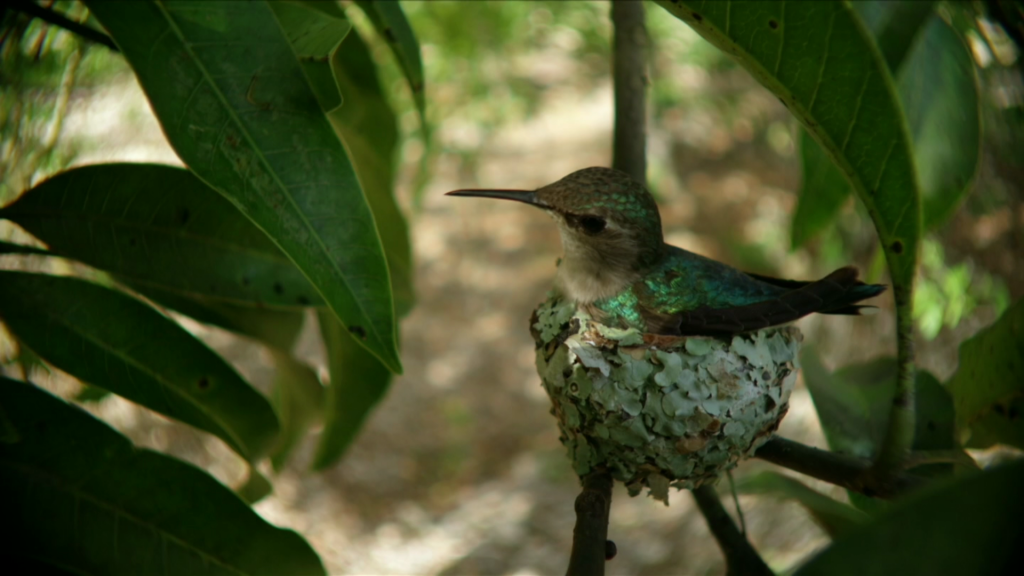
Nesting Season for Hummingbirds
Hummingbirds are known for their tiny nests and their breeding habits vary depending on the species. While some hummingbirds breed year-round, others migrate during certain seasons. The nesting season for hummingbirds is an exciting time for birdwatchers and nature enthusiasts alike, as it provides a glimpse into the fascinating world of these tiny creatures.
Nest Placement
Hummingbirds are selective about the placement of their nests, ensuring that they provide the ideal environment for their eggs and nestlings. They commonly choose to build their nests in bushes and vines, as well as on branches of trees. The height at which these nests are constructed can vary, with some hummingbirds preferring to have their nests closer to the ground, while others opt for higher perches.
Nest Construction
The responsibility of building the nest lies solely with the female hummingbird. She meticulously weaves together soft plant materials, such as thistle down, to create a cozy and secure structure for her eggs. To further ensure the nest’s concealment, she expertly camouflages it by incorporating lichens and bark shreds into the design. This blending of materials not only provides a natural camouflage, but also adds to the overall strength and durability of the nest.
Hummingbird Eggs
Hummingbird eggs are incredibly small and oblong in shape, often measuring less than an inch in length. The female hummingbird typically lays her eggs in pairs, carefully arranging them within the nest. Once the eggs are laid, the incubation period begins, lasting between 15 to 18 days. The female hummingbird tirelessly tends to her eggs during this time, ensuring they are kept warm and protected.
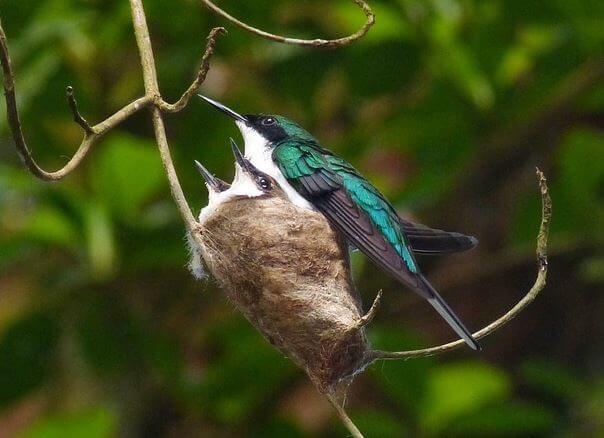
Nestling Stage
After the incubation period, the eggs hatch, and the nestlings emerge. The nestling stage of a hummingbird’s life lasts for approximately three weeks. During this crucial period, the mother hummingbird diligently cares for her young, providing them with a steady supply of food, typically nectar and small insects. As the nestlings grow, their feather development progresses, preparing them for their eventual flight into the world.
Finding Hummingbird Nests
Finding hummingbird nests can be a challenging task, as these tiny structures are expertly hidden by the female hummingbird. Patience, persistence, and a bit of luck are required when attempting to locate a hummingbird nest. Their preference for hidden locations and the female’s aggressive defense of her territory make stumbling upon a nest a rare and rewarding experience for birdwatchers.
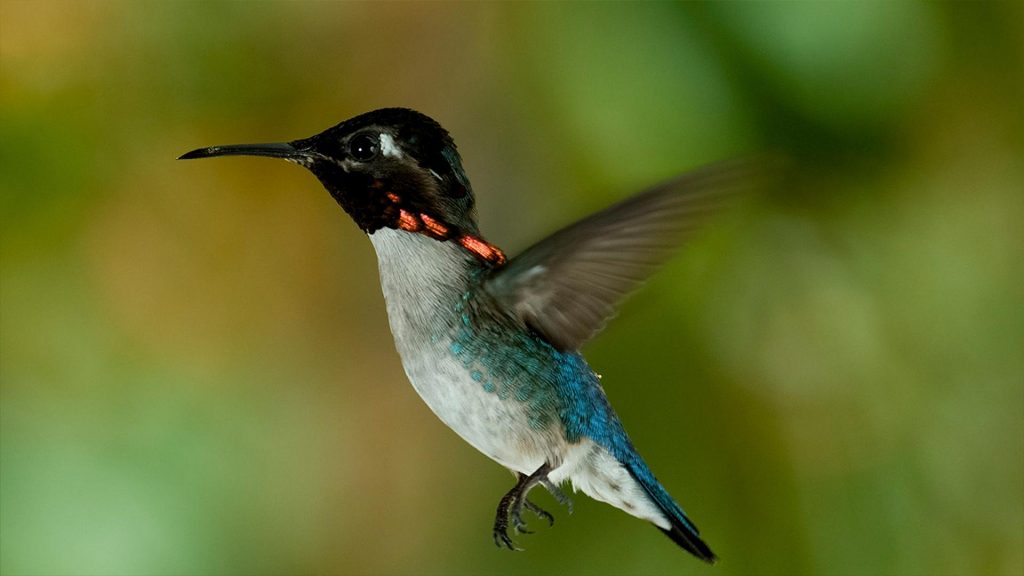
Hummingbird Nesting Habits
The female hummingbird plays a crucial role in the entire nesting process, from nest building to incubation and raising the nestlings. Her dedication and commitment to her offspring are admirable, as she tirelessly tends to their needs and ensures their well-being. The male hummingbird, on the other hand, is typically not involved in the nesting process, focusing instead on defending his territory and attracting potential mates.
Types of Hummingbird Nests
There are various species of hummingbirds, and each has its unique nest structure. While some species prefer to construct cup-shaped nests, others opt for more elaborate designs. These nests can be found hanging from branches or securely nestled in crotches or crevices. Additionally, the materials used in nest construction can vary, with some hummingbirds incorporating moss, feathers, or even spider silk into their nests.
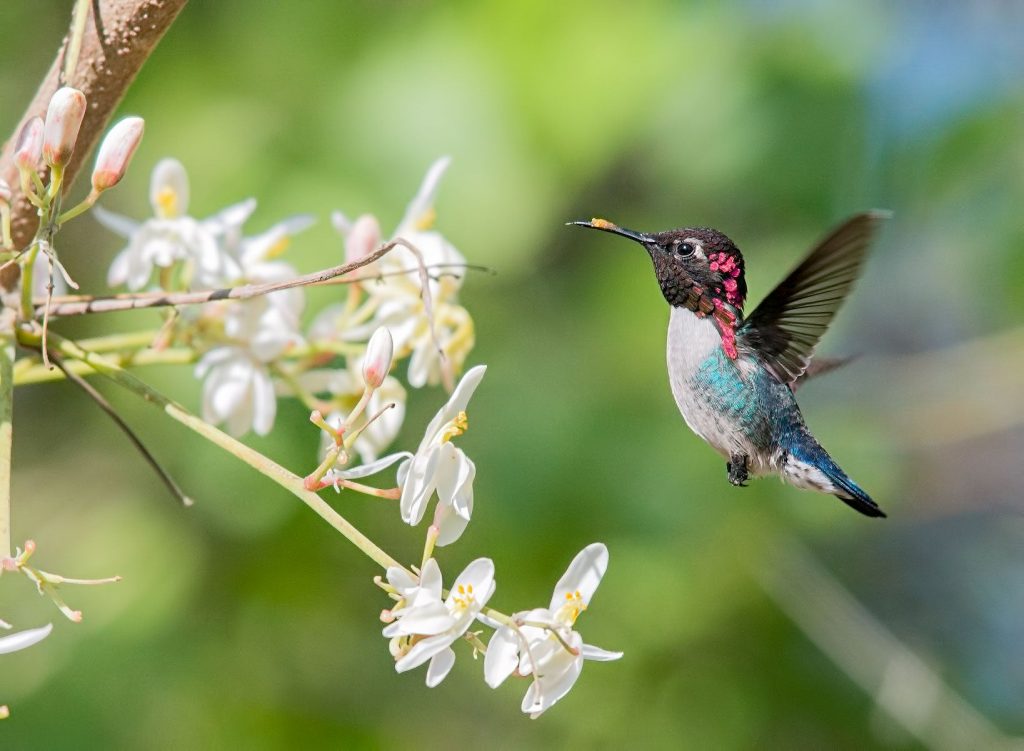
Dangers to Hummingbird Nests
Hummingbird nests face several threats in their environment, and it is essential to understand these dangers to ensure the survival of these incredible birds. Predators, such as snakes, rodents, and larger birds, pose a significant risk to both eggs and nestlings. Additionally, parasitic birds, such as the Brown-headed Cowbird, may lay their eggs in hummingbird nests, resulting in competition for resources. Extreme weather conditions, including strong winds and heavy rain, can also pose a threat to the stability of hummingbird nests.
Importance of Hummingbird Nests
Hummingbird nests play a vital role in the survival and conservation of these remarkable birds. They provide a safe and protected environment for the eggs and nestlings, shielding them from potential predators and adverse weather conditions. The successful rearing of young hummingbirds ensures the continued population growth and biodiversity of these species. Understanding the nesting habits and behaviors of hummingbirds allows us to appreciate their resilience and adaptability in the face of various challenges.
In conclusion, the nesting season for hummingbirds is a captivating and critical time in their life cycle. From the careful selection of nest placement to the construction and nurturing of their offspring, these tiny birds demonstrate remarkable dedication and skill. The intricacies of hummingbird nests and the challenges they face emphasize the importance of protecting these incredible creatures and ensuring their continued existence in the natural world.
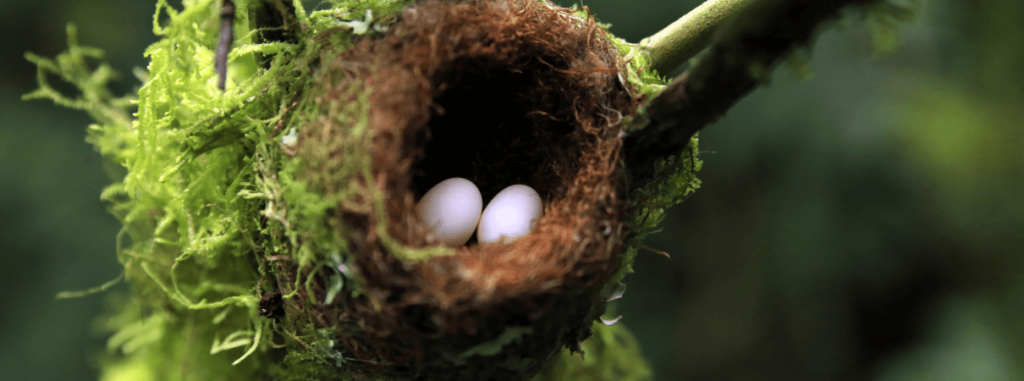
Leave a Reply